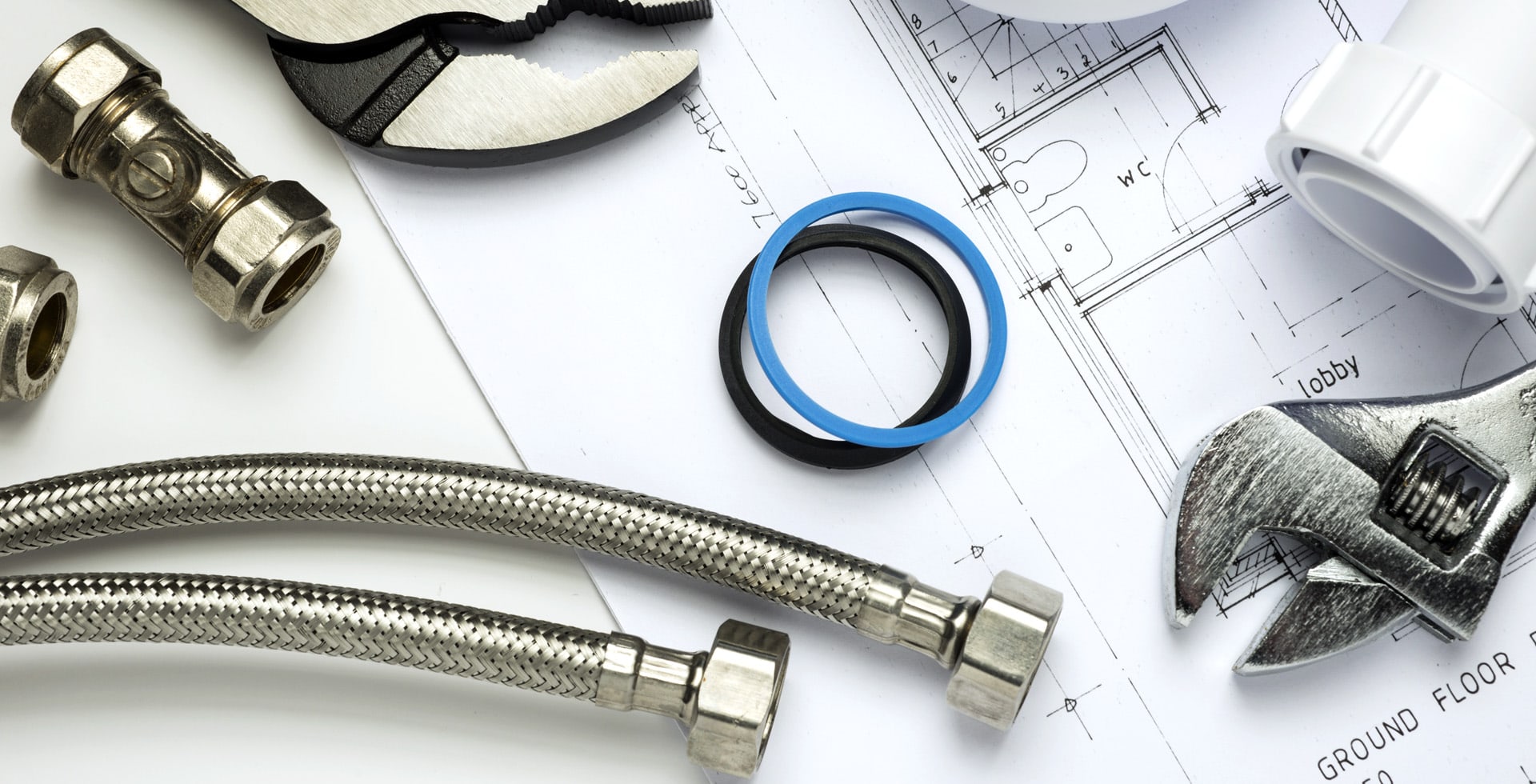“`html
How to Use Paint Sprayers on Drywall
Painting drywall can be a daunting task, especially when it comes to achieving a smooth and even finish. Using paint sprayers is an efficient solution that can save time and ensure a flawless coat. This guide will walk you through the steps on how to effectively use paint sprayers on drywall, along with tips and best practices.
Benefits of Using Paint Sprayers
- Speed: Paint sprayers can cover large areas quickly compared to traditional brushes and rollers.
- Even Coverage: Sprayers provide a uniform finish that minimizes the risk of roller marks and brush strokes.
- Versatility: They can be used with a variety of paint types, including primers and finishes.
- Access to Tight Spaces: Sprayers are excellent for reaching corners or elaborate textures where rollers or brushes may struggle.
Preparing Your Workspace
Before you start spraying, preparation is key to achieving the best results and maintaining a clean environment.
Gather the Necessary Supplies
Ensure you have the following items on hand:
- Paint sprayer (airless or HVLP)
- Proper paint for drywall
- Drop cloths or plastic sheets
- Painter’s tape
- Dust mask or respirator
- Safety goggles
- Ladder (if needed)
Prepare the Drywall Surface
Proper surface preparation is crucial for the best results. Follow these steps:
- Ensure the drywall is clean and free from dust. Wipe down surfaces with a damp cloth.
- Repair any holes or imperfections with joint compound and sand down once dry.
- Use painter’s tape to protect edges, trim, and any surfaces you don’t want painted.
- Consider applying a primer, especially if the drywall is unpainted, to improve paint adhesion.
Selecting and Adjusting Your Paint Sprayer
Choosing the right paint sprayer and adjusting it according to the type of paint can significantly impact your painting results.
Choosing the Right Paint Sprayer
There are mainly two types of paint sprayers suitable for drywall:
- Airless Sprayers: Perfect for large areas and provide a thicker coat. Best for exterior and interior walls.
- HVLP Sprayers: Ideal for fine finishes and smaller projects. They produce less overspray and provide better control.
Adjusting the Sprayer
Set your sprayer according to the paint’s specifications:
- Adjust the nozzle size for the paint viscosity. Manufacturer guidelines typically recommend specific nozzle sizes.
- Set the pressure. Start at a lower pressure to avoid overspray and gradually increase if needed.
- Test the sprayer on a piece of cardboard to ensure even spraying before working on the drywall.
Techniques for Spraying Paint on Drywall
Using a paint sprayer effectively requires technique to ensure an even coat without drips or runs.
Proper Spraying Technique
- Distance: Maintain a consistent distance of about 12 to 18 inches from the wall while spraying.
- Motion: Use a steady back-and-forth or up-and-down motion. Avoid stopping the spray in one spot.
- Overlap: Overlap each pass by about 30% to ensure even coverage.
- Vertical and Horizontal: Spray in two directions for better coverage.
Dealing with Overspray
Overspray can be a concern when using paint sprayers. Here are some tips to minimize it:
- Control the spray pattern by adjusting the nozzle and pressure settings.
- Use drop cloths generously around the area you’re working in.
- Practice good technique to avoid spraying too close or too heavy.
Finishing Touches After Spraying
After you finish spraying the drywall, it’s essential to take the right steps to finalize the project.
Cleaning the Sprayer
Promptly clean your paint sprayer after use to prevent paint from clogging the system. Follow the manufacturer’s cleaning instructions, which usually involve:
- Emptying the paint from the sprayer’s tank.
- Flushing with cleaning solution or water (depending on the paint type).
- Cleaning the nozzle and filters carefully.
Assessing the Finish
Once the paint has dried, inspect the surface for any missed spots or imperfections. Touch up as necessary using a brush or roller for smaller corrections.
Conclusion
Using paint sprayers on drywall can transform your painting experience, providing speed and a professional finish. With proper preparation, equipment, and technique, you can achieve stunning results. Remember to take your time during setup and cleanup, ensuring a smooth process from start to finish. Happy painting!
“`

